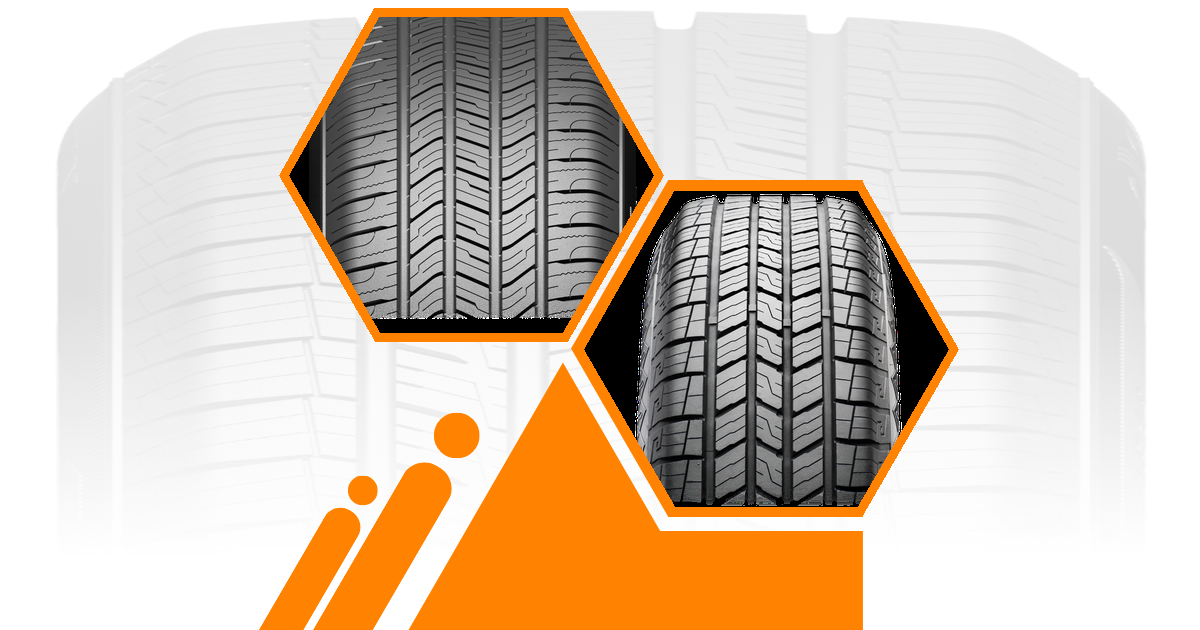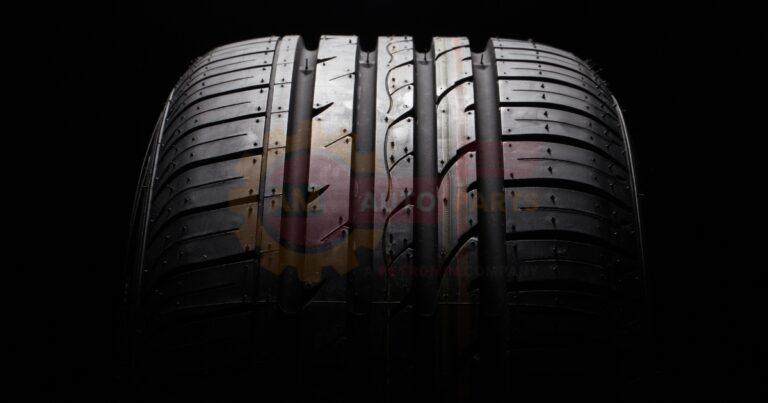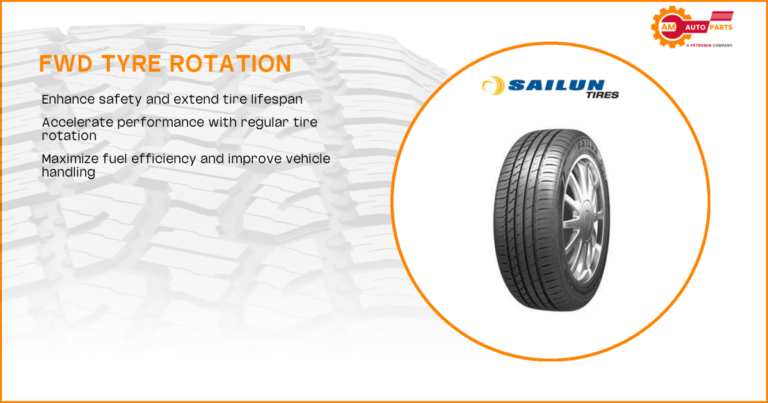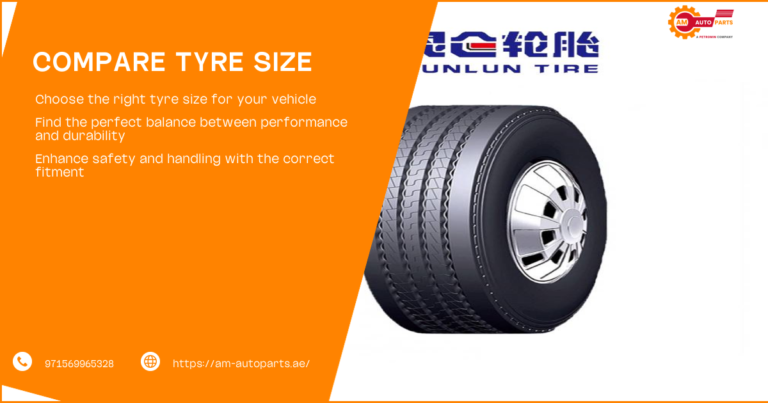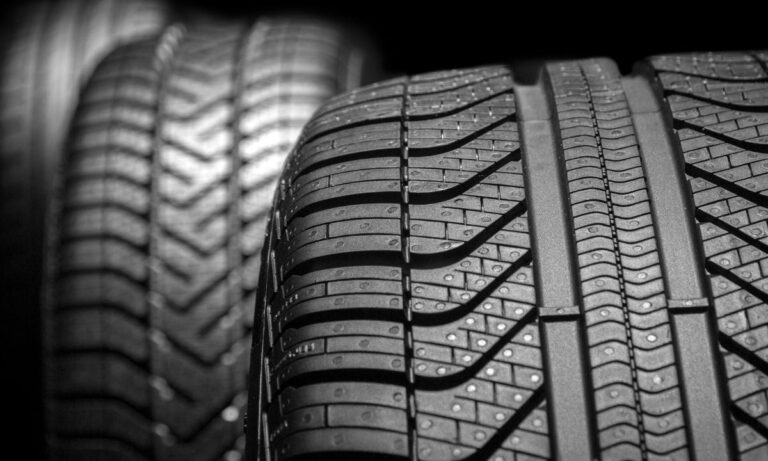When it comes to choosing the right tyres for your vehicle, understanding the differences between run-flat tyres and standard tyres is crucial. Each type has its own set of advantages and disadvantages, which can significantly impact your driving experience. In this comprehensive guide, we’ll explore the ins and outs of both tyre types to help you make an informed decision.
What Are Run-Flat Tyres?
Run-flat tyres are a type of tyre designed to allow you to continue driving even after a puncture. This innovative technology provides drivers with the peace of mind that they won’t be stranded on the side of the road due to a flat tyre.
How Do Run-Flat Tyres Work?
Run-flat tyres work by incorporating reinforced sidewalls that can support the weight of the vehicle even when the tyre loses air pressure. This allows you to drive for a limited distance at a reduced speed, giving you time to reach a safe location or a repair shop.
Types of Run-Flat Tyre Technologies
There are two main types of run-flat tyre technologies: self-supporting and auxiliary-supported. Self-supporting run-flat tyres have stiffer sidewalls, while auxiliary-supported tyres use a support ring inside the wheel to carry the vehicle’s weight.
- Self-Supporting Run-Flat Tyres : These tyres have reinforced sidewalls that maintain the vehicle’s weight after a puncture.
- Auxiliary-Supported Run-Flat Tyres : These use a support ring inside the wheel to help carry the load when the tyre is deflated.
Advantages of Run-Flat Tyres
Run-flat tyres offer several benefits that make them an attractive option for many drivers.
Safety Benefits
One of the primary advantages of run-flat tyres is the enhanced safety they provide. In the event of a puncture, you can continue driving without losing control of the vehicle, reducing the risk of accidents.
Convenience Factors
Run-flat tyres eliminate the need for immediate roadside assistance or changing a tyre in potentially dangerous situations. This convenience is especially valuable for drivers who frequently travel long distances or in remote areas.
Space-Saving Advantages
Since run-flat tyres allow you to drive without a spare, they free up valuable space in your vehicle. This can be particularly beneficial for smaller cars or those with limited storage capacity.
- Enhanced Safety : Maintain control during a puncture.
- Increased Convenience : No need for immediate roadside assistance.
- Space Efficiency : No spare tyre required.
Disadvantages of Run-Flat Tyres
Despite their benefits, run-flat tyres also have some drawbacks that should be considered.
Higher Cost
Run-flat tyres are generally more expensive than standard tyres. This higher initial cost can be a significant factor for budget-conscious drivers.
Reduced Ride Comfort
The stiffer sidewalls of run-flat tyres can lead to a harsher ride compared to standard tyres. This may be noticeable on rough or uneven road surfaces.
Limited Repair Options
Once a run-flat tyre is punctured, it often cannot be repaired and must be replaced. This can lead to higher long-term costs compared to standard tyres.
- Increased Expense : Higher initial purchase price.
- Comfort Trade-Off : Stiffer ride quality.
- Replacement Necessity : Limited repairability.
Standard Tyres Explained
Standard tyres are the traditional choice for most vehicles, offering a balance of performance and cost-effectiveness.
Construction and Design
Standard tyres are constructed with a flexible sidewall and a tread designed to provide traction and handling. They are available in a wide range of sizes and styles to suit different vehicles and driving conditions.
Performance Characteristics
Standard tyres are known for their smooth ride and good handling characteristics. They are designed to provide a comfortable driving experience on a variety of road surfaces.
- Flexible Design : Adaptable to various vehicles.
- Smooth Ride : Comfortable driving experience.
Advantages of Standard Tyres
Standard tyres offer several benefits that make them a popular choice among drivers.
Lower Initial Cost
One of the main advantages of standard tyres is their affordability. They are generally less expensive than run-flat tyres, making them a cost-effective option for many drivers.
Wider Availability
Standard tyres are widely available and can be found at most tyre retailers. This makes it easy to find replacements or upgrades when needed.
Easier Repair and Replacement
Standard tyres can often be repaired after a puncture, which can save money compared to replacing a run-flat tyre. Additionally, they are easier to replace if necessary.
- Cost-Effective : Lower purchase price.
- Readily Available : Easy to find replacements.
- Repairable : Often fixable after a puncture.
Disadvantages of Standard Tyres
While standard tyres have many benefits, they also come with some disadvantages.
Safety Risks During Blowouts
Standard tyres can pose a safety risk if they experience a blowout at high speeds. This can lead to loss of control and potential accidents.
Need for Spare Tyre
With standard tyres, it’s essential to carry a spare tyre and the necessary tools for changing it. This can take up valuable space in your vehicle.
Potential for Stranding
If a standard tyre goes flat in a remote area, you may be stranded until help arrives or you can change the tyre yourself.
- Safety Concerns : Risk of blowouts.
- Space Requirement : Need for a spare tyre.
- Stranding Risk : Potential for being stuck in remote areas.
Run-Flat Tyres vs Standard Tyres: Performance Comparison
When comparing run-flat tyres and standard tyres, several performance factors should be considered.
Handling and Grip
Run-flat tyres may offer slightly less grip due to their stiffer construction, while standard tyres typically provide better handling and traction.
Fuel Efficiency
The heavier construction of run-flat tyres can lead to a slight decrease in fuel efficiency compared to standard tyres. However, the difference is generally minimal.
Tyre Life and Durability
Standard tyres often have a longer lifespan due to their ability to be repaired, while run-flat tyres may need to be replaced more frequently after a puncture.
Feature | Run-Flat Tyres | Standard Tyres |
Handling and Grip | Moderate | Good |
Fuel Efficiency | Slightly Lower | Higher |
Tyre Life | Shorter | Longer |
When to Choose Run-Flat Tyres
Run-flat tyres may be the right choice for certain drivers and vehicles.
Suitable Vehicle Types
Run-flat tyres are often recommended for luxury vehicles and sports cars, where safety and performance are top priorities.
Driving Conditions and Preferences
If you frequently drive in areas where roadside assistance is not readily available, run-flat tyres can provide peace of mind. They are also a good choice for drivers who prioritize safety and convenience.
- Luxury and Sports Cars : Ideal for high-performance vehicles.
- Remote Driving : Suitable for areas with limited assistance.
Maintaining Run-Flat Tyres
Proper maintenance is essential to ensure the longevity and performance of run-flat tyres.
Proper Inflation and Pressure Monitoring
Regularly check the tyre pressure to ensure it remains within the recommended range. Proper inflation is crucial for maintaining the performance and safety of run-flat tyres.
Regular Inspections and Rotation
Inspect your run-flat tyres regularly for signs of wear or damage. Rotating the tyres can help ensure even wear and extend their lifespan. SUV tire recommendations Choose tires with good traction for different road conditions and make sure they can support your SUV’s weight for safe driving Online tire assessment helps you check your car tires from home You can use a website or app to see if your tires are safe to drive
Seasonal Dubai rotation brings exciting changes to the city Visitors can enjoy different activities and events throughout the year EV tire selection is about choosing the right tires for electric vehicles These special tires help EVs drive better and use less energy
- Pressure Checks : Maintain recommended levels.
- Routine Inspections : Look for wear and damage.
- Tyre Rotation : Promote even wear.
The Future of Run-Flat Tyre Technology
Advancements in run-flat tyre technology continue to improve their performance and appeal.
Advancements in Materials and Design
New materials and design innovations are enhancing the durability and comfort of run-flat tyres, making them a more attractive option for a wider range of vehicles.
Integration with Vehicle Safety Systems
Run-flat tyres are increasingly being integrated with advanced vehicle safety systems, providing an additional layer of protection for drivers.
- Innovative Materials : Improved durability and comfort.
- Safety Integration : Enhanced vehicle safety features.
FAQs
How long can you drive on a run-flat tyre?
According to the National Highway Traffic Safety Administration (NHTSA), most run-flat tyres can be driven for up to 50 miles at speeds up to 50 mph after a puncture. This allows drivers to reach a safe location or repair shop without immediate assistance.
Are run-flat tyres worth the investment?
The value of run-flat tyres depends on individual needs and priorities. They offer increased safety and convenience but come at a higher cost. For drivers who prioritize these factors, run-flat tyres can be a worthwhile investment.
Can you repair a punctured run-flat tyre?
In most cases, run-flat tyres cannot be repaired after a puncture due to potential structural damage. Replacement is typically recommended to ensure safety and performance.
Do run-flat tyres affect fuel economy?
Run-flat tyres may slightly reduce fuel economy due to their heavier construction, but the impact is generally minimal. The trade-off is often considered worthwhile for the added safety benefits.
